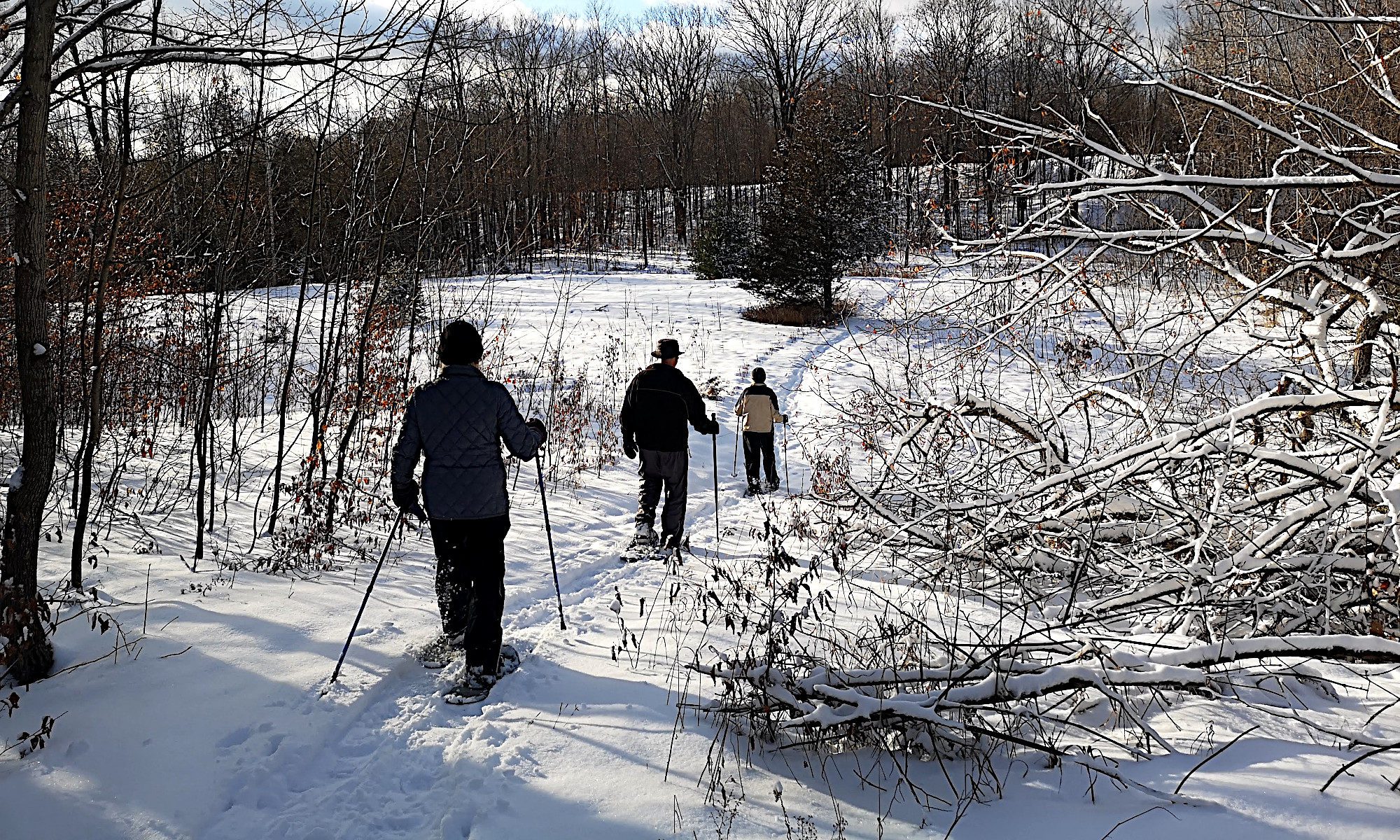
A historian researching medieval social habits gradually came to the conclusion that sleeping twice during the night — a first sleep, from about 10 pm until midnight or 1 am, followed by a few hours of wakefulness, and then a second sleep until the early morning — was commonplace not just in England or Europe, but also in other countries around the world.
First sleeps are mentioned in one of the most famous works of medieval literature, Geoffrey Chaucer’s The Canterbury Tales (written between 1387 and 1400), which is presented as a storytelling contest between a group of pilgrims. Ekirch found casual references to the system of twice-sleeping in every conceivable form, with hundreds in letters, diaries, medical textbooks, philosophical writings, newspaper articles and plays.
The practice even made it into ballads, such as “Old Robin of Portingale. “…And at the wakening of your first sleepe, You shall have a hot drink made, And at the wakening of your next sleepe, Your sorrows will have a slake…” Biphasic sleep was not unique to England, either – it was widely practised throughout the preindustrial world. In France, the initial sleep was the “premier somme“; in Italy, it was “primo sonno“. In fact, Eckirch found evidence of the habit in locations as distant as Africa, South and Southeast Asia, Australia, South America and the Middle East.
As Ekirch explains in his book, At Day’s Close: A History of Nighttime, people would often just stay in bed and chat. And during those strange twilight hours, bedfellows could share a level of informality and casual conversation that was hard to achieve during the day. For husbands and wives who managed to navigate the logistics of sharing a bed with others, it was also a convenient interval for physical intimacy – if they’d had a long day of manual labour, the first sleep took the edge off their exhaustion and the period afterwards was thought to be an excellent time to conceive copious numbers of children.
As with other recent shifts in our behaviour, such as a move towards depending on clock-time, the answer was the Industrial Revolution. “Artificial illumination became more prevalent, and more powerful – first there was gas [lighting], which was introduced for the first time ever in London,” says Ekirch, “and then, of course, electric lighting toward the end of the century. And in addition to altering people’s circadian rhythms. artificial illumination also naturally allowed people to stay up later.”
